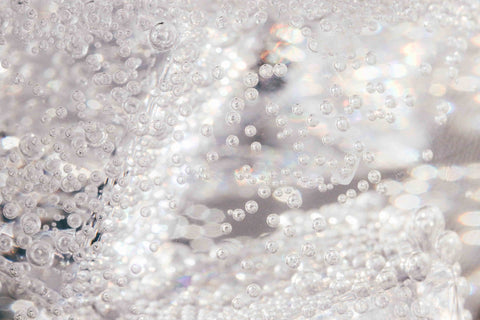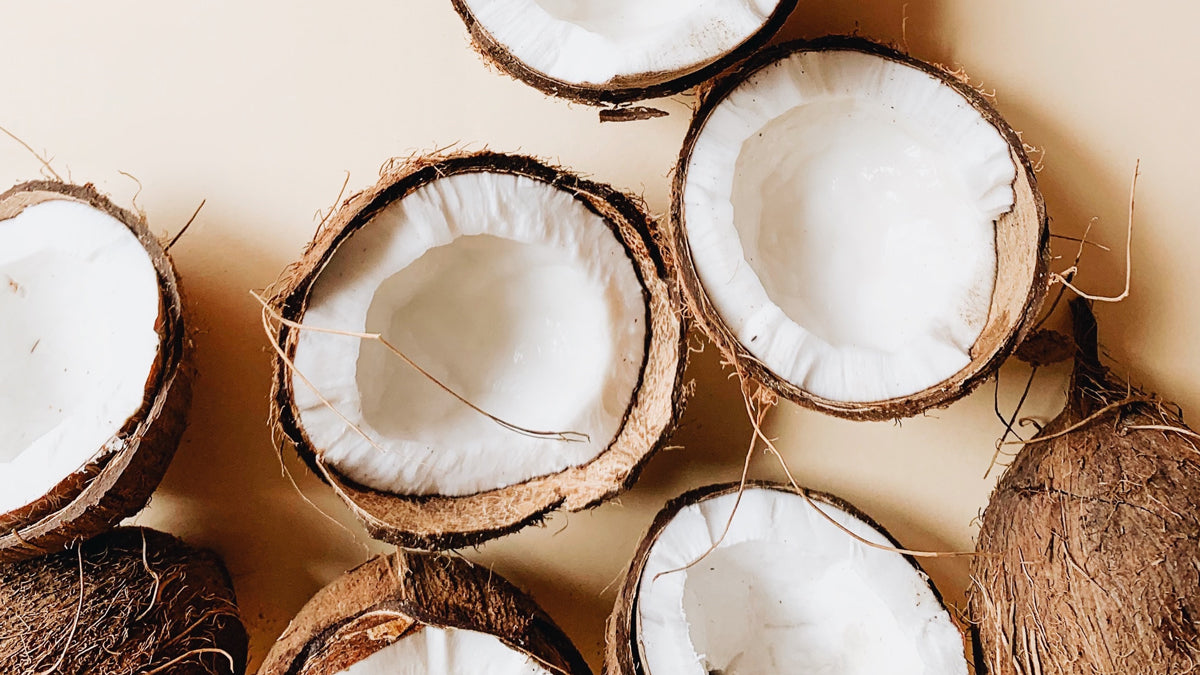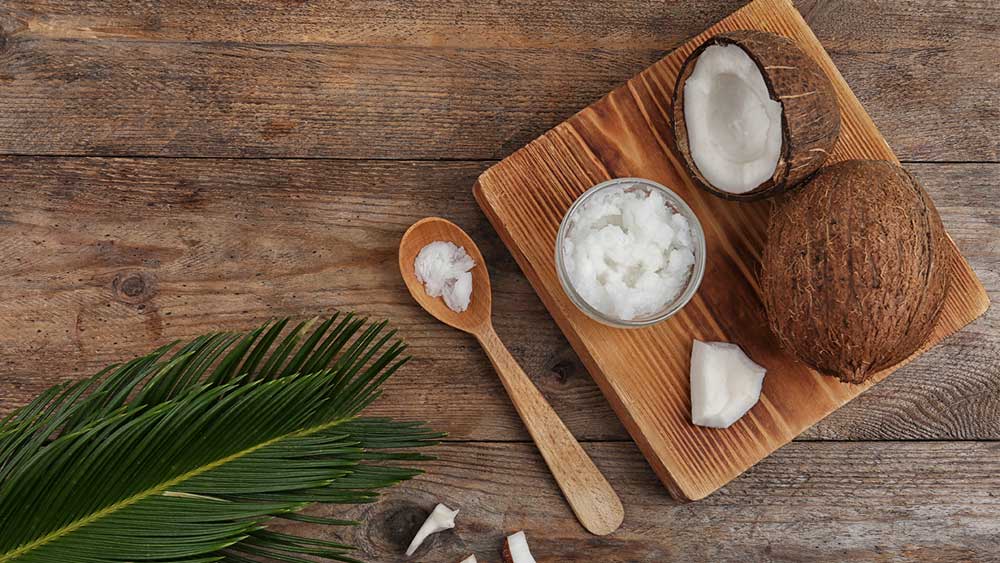
Benzisothiazolinone
Learn all about benzisothiazolinone, including how it's made, and why Puracy uses benzisothiazolinone in our products.
- Pronunciation: (Ben-ZISO-thia-ZO-li-none)
- Type: Synthetic
- Other names: BIT
What Is Benzisothiazolinone?

Benzisothiazolinone, also called BIT, is an off-white to yellowish liquid antimicrobial substance.[1]
It is also known as:
- 1,2-Benzisothiazol-3(2H)-one
- 1,2-Benzisothiazolin-3-one; and
- 1,2-benzothiazol-3-one
It is known to be an organic and safer preservative substitute to parabens. Parabens have been banned in the European Union for having negative effects to the endocrine system of the human body.
What Does Benzisothiazolinone Do in Our Products?

Benzisothiazolinone is a preservative, but it is also a disinfectant used in the film, fiber, leather, masonry, metalworking, and embalming industries.[1] However, it is also found in liquid hand soap and sunscreen.[2] It dissolves in water and is used in water-based solutions, such as pastes, paints, and oils.[3]
It serves as an antimicrobial agent and preservative in products like multi-purpose cleaning agents, stain removers, laundry detergents, carpet cleaners, and dishwashing soap.
Here are several properties of BIT that make it a useful ingredient in your cleaning products:
One of the primary functions of BIT in cleaning products is its powerful antimicrobial action. It helps to prevent the growth of bacteria, fungi, and algae in your household surfaces, making your cleaning efforts more effective in reducing potential sources of contamination.
BIT exhibits broad-spectrum antimicrobial efficacy, meaning it can combat various types of microorganisms. This versatility ensures that your cleaning products can handle a wide range of potential germs and bacteria.
The antimicrobial action allows you to use cleaning products with lower concentrations of harsh chemicals. This helps reduce the overall chemical load in your home, making it a safer environment for your family.
As a preservative in cleaning products, BIT helps to prolong their shelf life. This means you can keep your cleaning agents for a more extended period without worrying about them losing their effectiveness.
By inhibiting microbial growth, BIT contributes to the protection and preservation of surfaces. It can be particularly useful in preventing the development of unsightly stains, mildew, and odors.
Is Benzisothiazolinone Safe?

As a common preservative in household cleaning products, you can be exposed to it through inhalation, skin contact, and possible ingestion. BIT is considered a contact allergen, which may pose a problem for people with sensitive skin and eczema. Exposure to it may cause irritation and sensitization. It remains in use in the United States, Canada, Australia, and Switzerland.
The Environmental Working Group gives BIT with a score of 6 in its safety scale. It can be highly unsafe for people who work on this product, which is why there are restrictions in place for production safety. It also poses “low” on common concerns like cancer and developmental and reproductive toxicity. However, it is “moderately high” on allergies and immunotoxicity.
Effects to Human Health
While BIT is an organic chemical compound with antimicrobial properties, responsible use is required to avoid the following effects on human health:
Direct skin contact of cleaning products containing BIT may cause skin irritations or allergic reactions. It’s important to always use hand gloves to protect yourself.
Lengthy and repeated exposure to this synthetic chemical may cause inhalation. Inhalation of BIT fumes or aerosols from cleaning agents may lead to respiratory discomfort or issues.
Some individuals may develop allergies to BIT leading to adverse reactions. It is classified as an allergen. This can be avoided by only using concentrations of benzisothiazolinone of up to 0.01% in cosmetics and skincare products.
Effects to the Environment
BIT is effective in preventing the growth of bacteria and fungi as a preservative, but there have been safety concerns raised about its use. There are safety concentrations set in place for manufacturers to avoid these problems below:
BIT can be toxic to aquatic organisms, affecting marine life and ecosystems.
It can bioaccumulate in the food chain and biomagnify, posing risks to higher trophic levels.
Some countries and regions have special regulations for BIT, while others have banned the use of it due to environmental concerns.
For liquid cleaning products not designed for use on skin, we use low concentrations of Benzisothiazolinone. While being synthetic, it is also biodegradable.
Why Puracy Uses Benzisothiazolinone
We use benzisothiazolinone in several of our products as a biodegradable preservative that is a better alternative to formaldehyde, methylisothiazolinone, and medium-chain triglycerides.
The Scientific Committee on Consumer Safety considers the ingredient safe when used as a preservative up to 0.01% in cosmetics. Whole Foods has deemed the ingredient acceptable in its body care and cleaning product quality standards.[5,6,7]
How Benzisothiazolinone Is Made

There are three common methods for making BIT. The first involves reacting 2-halogenothiobenzoyl halide with a primary amine to obtain an N-substituted BIT. The 2-halogenothiobenzoyl halide is typically made by cleaving the disulphide bond of 2,2'-dithio-bis-benzoic acid with halogen and simultaneously or sequentially converting the carboxylic acid groups to acid halides.
A second method involves cyclising 2-halogenothiobenzamide in the presence of acid or alkali. The 2-halogenothiobenzamide typically comes from converting 2,2'-dithio-bis- benzoic acid to bisamide and then cleaving the disulphide bond with halogen.
The third method is to heat 2,2'-dithio-bis-benzamides in the presence of a sodium hydroxide solution. Another method is to disproportion bisamide in alkali in the presence of oxygen or an oxygen-release agent.[4]
Sources
[1] European Commission
[2] Environmental Working Group
[3] European Commission
[4] http://www.allindianpatents.com/patents/192359-process-for-manufacturing-a-1-2-benzisothiazolin-3-one
[5] Whole Foods Market
[6] Whole Foods Market
[7] European Commission


























